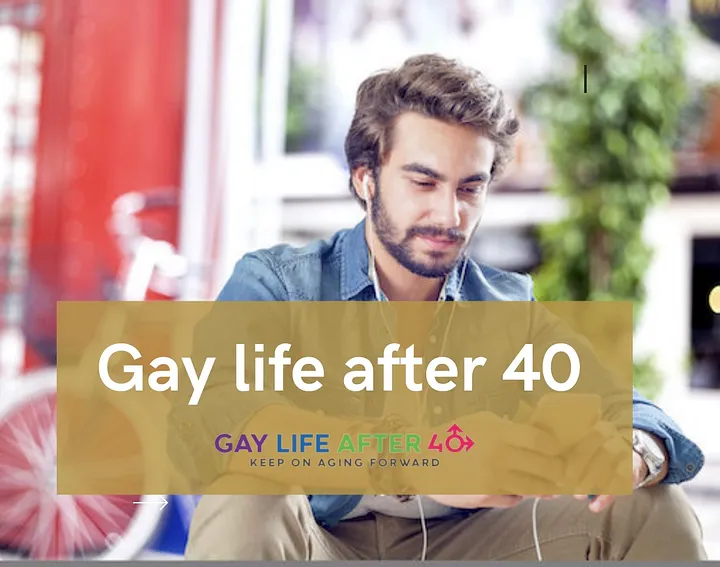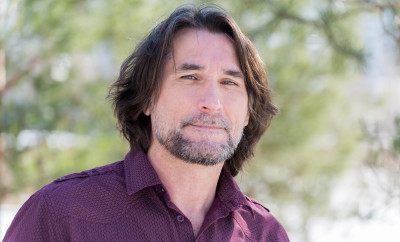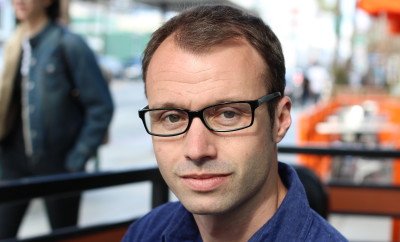One Third of Gay Newlyweds Are Over 50. That’s Revealing Some Fascinating Things About Modern Marriage
Published by Jennifer Senior from NYMag.com
New York <i>Times</i> wedding announcements are a great barometer of cultural trends.
Photo: Josh Edelson/AFP/Getty Images
For decades, The New York times wedding announcements have been a dependable source of gossip and guilty pleasure, but they’re also an informal barometer of cultural trends, at least among a certain demographic.
One gleans from them, for instance, that brides in major metropolitan areas tend to be about 28, and grooms, 30 — which in fact tracks with state data. (The median age of first marriage in places like New York and Massachusetts is indeed 29.) Regular readers also can’t help but notice that — even when correcting for the Times’ bourgeois coupling biases — doctors marry a lot, often to other doctors. (Sure, enough, surveys by Medscape and the American College of Surgeons suggest that both of these facts are true.) So it’s probably not an accident that when the Times began to feature gay wedding announcements, they contained their own demographic revelations. Specifically: This first wave of gay marriages has been made up disproportionately of older men and women.
Crunch the numbers from the last six weeks of wedding announcements, and there it is, plain as day: The median age of the gay newlyweds is 50.5. (There were four 58-year-olds in the lot. One fellow was 70.) Following these seemingly benign numbers are often a poignant corollary: “He is the son/daughter of the late … ” The parents of these men and women, in many cases, are no longer alive.
It turns out there’s hard data to support this trend. In a 2011 paper, the economist Lee Badgett analyzed the ages of recently married couples in Connecticut (the only state, at the time, where sufficiently granular facts and figures were available), and found that 58 percent of the gay newlyweds were over the age of 40, compared to a mere 27 percent of the straight. Even more striking: A full 29 percent of gay newlyweds were fifty or over, compared to just 11 percent of straight ones. Nearly a third of new gay marriages in Connecticut, in other words, were between individuals who were eligible for membership in AARP.
There is, it turns out, a good explanation for this. Many of these couples are now cementing relationships that have been in place for years. Andrew Cherlin, a sociologist at Johns Hopkins, even tosses out a term for these unions that was recently coined in Europe: “Reinforcing marriages.” They’re exactly what they sound like — marriages that reinforce a life that’s already completely assembled, formal ceremonies that happen long after couples have gotten mortgages together, merged their finances, and had a child. (The Swedes, not surprisingly, are big on these.)
https://www.regain.us/ advice/marriage/ confidentiality-should-i-seek- marriage-counseling-near-me/
But when researchers use the term “reinforcing marriages,” they’re referring to straight couples. What makes these couples unusual is that they had chosen for so long not to be married, and in many cases preferred it. They always could have tied the knot, but for whatever reasons, opted out.
Gay reinforcing marriages, on the other hand, have a much more deliberate quality: For the first time, long-standing gay couples are being extended the chance to opt in. And they are, in great numbers: When Badgett compared first-year data from states that offered solely civil unions to those that offered gay marriage, 30 percent of same-sex couples chose marriage, while only 18 percent chose civil unions. In Massachusetts, where gay marriage has been legal for a decade, more gay couples are married than are dating or cohabiting, according to Badgett’s most recent work. (Using 2010 census data, in fact, she estimates that a staggering 80 percent of same-sex couples in the state have now married.)
What we’re seeing, in other words, is an unprecedented tide of marriages not just mid-relationship, but in midlife — which may be one of the most underappreciated side effects of marriage equality.
“The right to marry probably has far bigger consequences for older gay men than for younger gay men, if I had to guess,” says Tom Bradbury, a marriage researcher at UCLA. “Love when you are 22 is different from love when you are 52, gay or straight. Most of us are more immersed in social circumstances that give us plenty of partner options at 22 (especially college or some kind of club scene) but fewer options present themselves at 52.”
There isn’t much data about the durability of reinforcing marriages. Studies tend to focus on the merits of cohabitation before marriage, rather than the whole shebang (kids, a mortgage, etc.), and their results tend to vary by generation and culture. (Example: “Risk of divorce for former cohabitors was higher … only in countries where premarital cohabitation is either a small minority or a large majority phenomenon.”)
What this means, in all likelihood, is that the first good data set about reinforcing marriages will likely come from American gay couples who’ve married in middle age. In general, the swift progression of marriage equality has proven a boon to demographers and sociologists. Badgett says she’s updating her 2011 report — 11 more states have legalized gay marriage since its publication — and Cherlin, who chairs a grant application committee on children and families at the National Institutes of Health, says requests to study gay marriage “are pouring in” now that there are legitimate data sets to study. “For the first time,” he notes, “we can study marriage while holding gender constant.” Among the proposals: to look at how gay couples divide chores, to see if they have the same dip in marital quality once children come along, to see whether they divorce at the same or different rates.
For now, this first generation of same-sex, middle-aged couples will help transform the opinions of Americans who still oppose gay marriage, not just by normalizing it for colleagues and neighbors, but for their nearest relations. “Remember: The majority of LGBT people are not out to their parents,” says Gary J Gates, a researcher specializing in gay demographics at UCLA Law’s Williams Institute. “What research shows is that the wedding itself starts the process of family acceptance. Because people understand what a wedding is.” (When he got married, he notes, it was his straight co-workers who threw him and his husband wedding showers.)
Perhaps more powerful, this generation of gay couples is modeling an affirmative approach to marriage — and assigning a respectful significance to it — that straight couples often do not. How often, after all, are longtime heterosexual couples forced to ask (let alone answer): If you had to renew the lease on your marriage in midlife, would you do it? Would you legally bind yourself to this same person all over again? By embracing an institution that straight people take for granted, they are, to use Bradbury’s word, making a “purposive” decision rather than falling into an arrangement by default.
Whether same-sex marriages will prove as stable as different-sex marriages (or more so, or less so) remains to be seen. In Europe, the dissolution rates of gay unions are higher. But here, according to Badgett’s work, the opposite appears to be true, at least for now. This doesn’t surprise Cherlin. “We have a backlog of couples who’ve been together a long time,” he says. “I’m guessing they’ll be more stable.” This first wave of midlife gay marriages seems to be celebrating that stability; they’re about relationships that have already proven durable, rather than sending off untested, fresh-faced participants in a fingers-crossed bon voyage. What stood between these couples and the institution of marriage wasn’t a lack of desire. It was the parsimony of the law. “Half of all divorces occur within first seven to ten years,” Cherlin points out. “These couples are already at low risk.”





